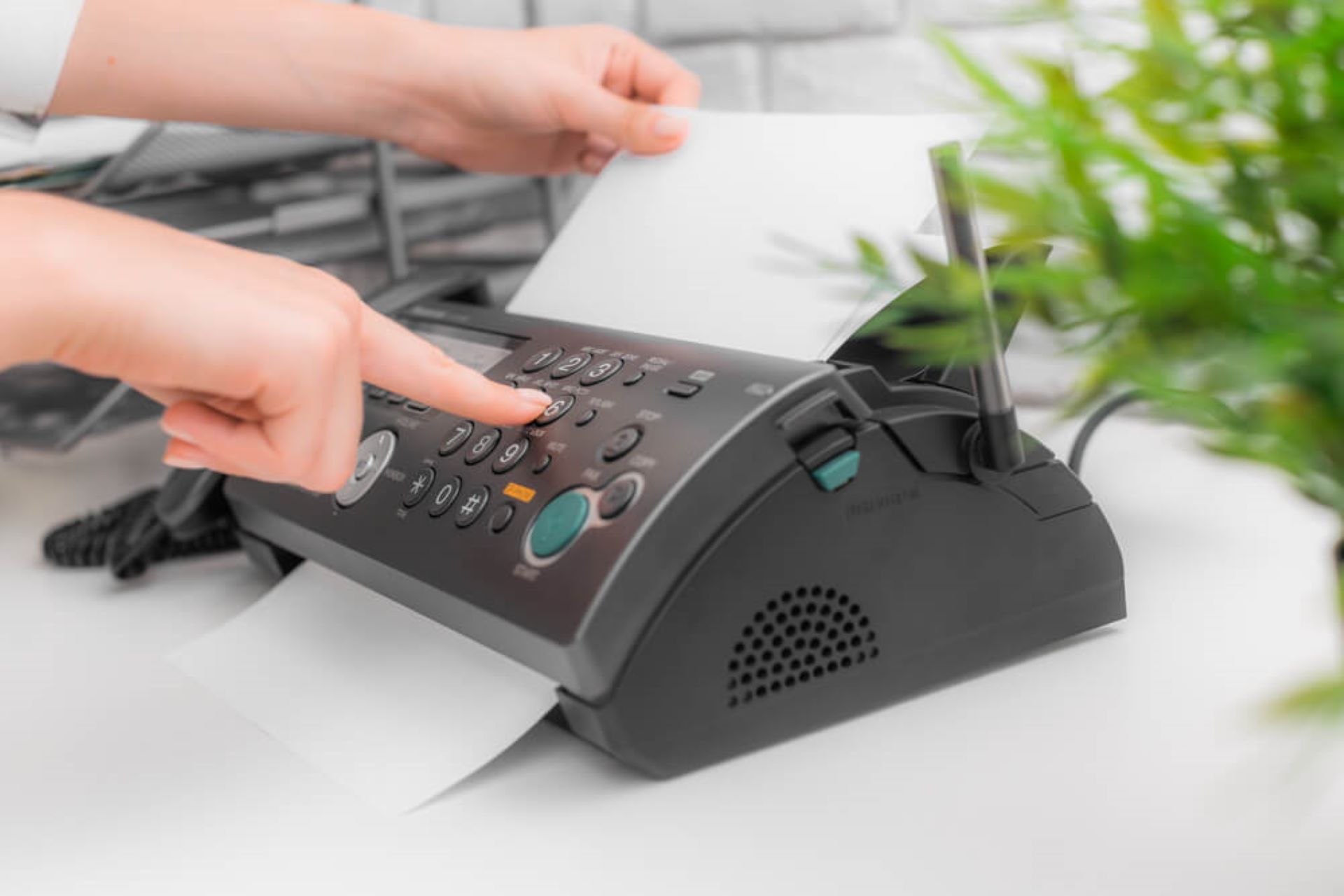
Introduction
Fax technology, short for facsimile and colloquially known as telecopying, has come a long way since its inception. Originally developed as a means of transmitting scanned images and text over telephone lines, fax machines have witnessed a transformative journey in communication technology. In this article, we explore the history, mechanics, and contemporary relevance of fax technology.
The Origins of Fax
The concept of fax technology dates back to the 19th century when inventors like Alexander Bain and Giovanni Caselli experimented with early versions of facsimile devices. However, it was in the 20th century that fax technology gained widespread use, particularly in the business world. The basic principle involved scanning a document, converting it into electrical signals, and then transmitting these signals over telephone lines to be reconstructed at the receiving end.
Mechanics of Traditional Fax Machines
Traditional fax machines operate on analog signals. When a document is fed into the machine, it is scanned line by line. The scanner converts the content into a series of electrical signals, which are then transmitted as audio tones over the telephone network. At the receiving end, another fax machine interprets these tones, recreating the document by depositing ink on paper. This process allowed for the near-instantaneous transmission of documents over long distances, eliminating the need for physical mail.
Challenges and Advancements
While traditional fax machines revolutionized communication, they were not without their challenges. Analog faxing had limitations, such as image quality degradation over long distances and susceptibility to line noise. As technology progressed, digital faxing solutions emerged, addressing these issues. Digital faxing involves the conversion of documents into digital data, which is then transmitted over the internet. This not only improved image quality but also allowed for the integration of faxing into email systems, making communication more streamlined.
The Contemporary Role of Fax
In an era dominated by email, instant messaging, and cloud-based collaboration tools, one might question the relevance of fax technology. However, faxing continues to play a vital role in certain industries and scenarios. Legal, healthcare, and government sectors, for example, often require the secure and traceable transmission of documents, making fax an ideal choice. Additionally, some regions and organizations maintain a preference for fax due to its perceived security and authenticity.
The Future of Fax
As technology continues to evolve, the future of faxing is likely to be shaped by further integration with digital platforms. Online fax services, which allow users to send and receive faxes via email or web interfaces, are becoming increasingly popular. These services provide the convenience of faxing without the need for physical machines and paper.
Conclusion
While the heyday of traditional fax machines may have passed, the legacy of fax technology endures in the form of digital solutions that adapt to the needs of the modern world. The evolution from telecopying to online faxing reflects the resilience of this communication method, proving that even in a digital age, the fax machine still has its place in certain corners of the business and professional landscape.


